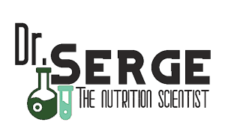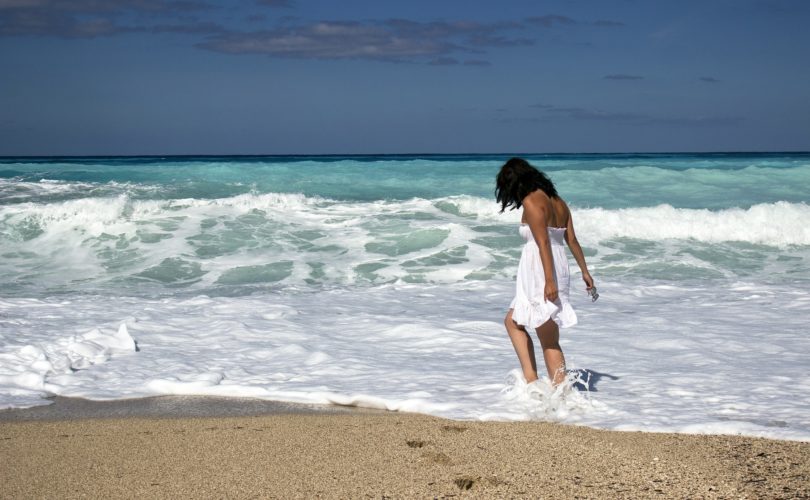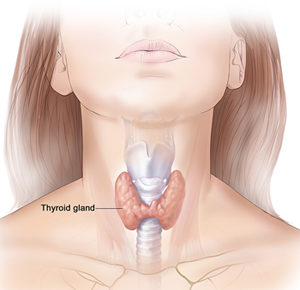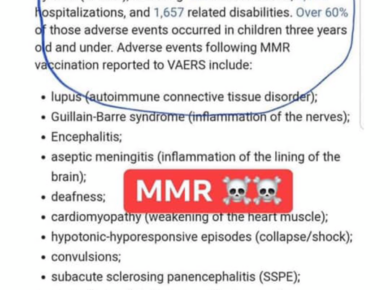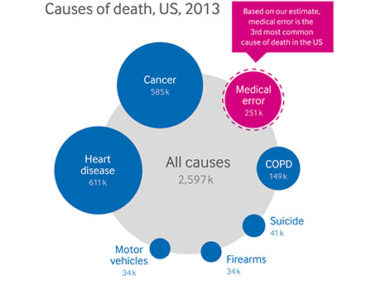It is summer, which means that people will start using sunscreens to protect themselves against the sun.
But a new study sheds some concerns on the use of those sunblockers.
It took just one day of use for several common sunscreen ingredients to enter the bloodstream at levels high enough to trigger a government safety investigation, according to a pilot study conducted by the Center for Drug Evaluation and Research, an arm of the US Food and Drug Administration.
The study, published in the medical journal JAMA, also found that the blood concentration of three of the ingredients continued to rise as daily use continued and then remained in the body for at least 24 hours after sunscreen use ended.
The four chemicals studied — avobenzone, oxybenzone, ecamsule and octocrylene — are part of a dozen that the FDA recently said needed to be researched by manufacturers before they could be considered “generally regarded as safe and effective.”
It’s not news that things that you put on your skin are absorbed into the body.
This study is the FDA’s way of showing sunscreen manufacturers they need to do the studies to see if chemical absorption poses health risks.
In the United States, sunscreens were originally approved as an over-the-counter solution to sunburn.
They came in two types: one using chemical combos to filter the sun, the other using minerals to block the sun such as titanium dioxide or zinc oxide, which leave a telltale white coating.
In 2008, the US Centers for Disease Control and Prevention analyzed urine samples collected by a government study and found oxybenzone in 97% of the samples.
Since then, studies have shown a potential link between oxybenzone and lower testosterone levels in adolescent boys, hormone changes in men, and shorter pregnancies, disrupted birth weights in babies and ironically cancer.
Of all of the sunscreen ingredients, oxybenzone is known to be the most common cause of contact allergies; a 10-year study found that 70% of people had a positive patch test when exposed.
A Swiss study found oxybenzone or one of four other sunscreen chemicals in 85% of breast milk samples, sparking concern that newborns could be exposed.
And Hawaii, the Pacific nation of Palau and Key West recently banned sunscreens containing oxybenzone and octinoxate because they cause coral bleaching and are dangerous to marine ecosystems.
In conclusion, sunscreens contain chemicals that can cross the skin, end up in the bloodstream and cause several issues in the body.
Dr. Serge
